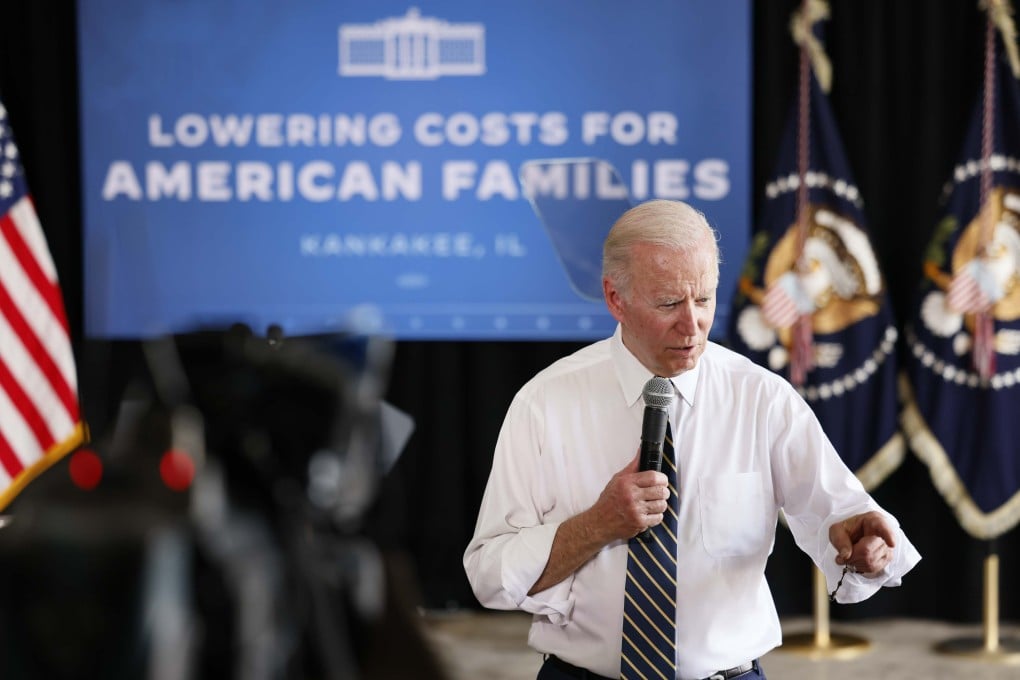Macroscope | Looming global debt crisis: reasons to worry about the elephant in the room
- The mountain of global debt has grown to record size in the past decade but has gone largely unnoticed as governments keep spending and printing money
- Global financial institutions are now sounding the alarm, but governments and central banks are in no mood to listen

“We live in dangerous times,” two senior International Monetary Fund economists wrote in a recent blog. Few would challenge that assessment as the world confronts the multiple threats of possible nuclear conflict, galloping inflation, rising interest rates, economic recession and the ongoing Covid-19 pandemic.
Debt crises have a way of keeping their heads below the parapet until they attack, but once they do so it is often with great ferocity. As World Bank chief economist Carmen Reinhart put it, “Prior to crises, it’s often the things that you don’t see that ultimately get you.”
Debt mountains such as the one we have now are the elephants in the room. They are huge but often go unnoticed or unacknowledged. This one had reached US$303 trillion – some three times the size of global annual GDP – by the end of 2021, according to the Institute of International Finance.

